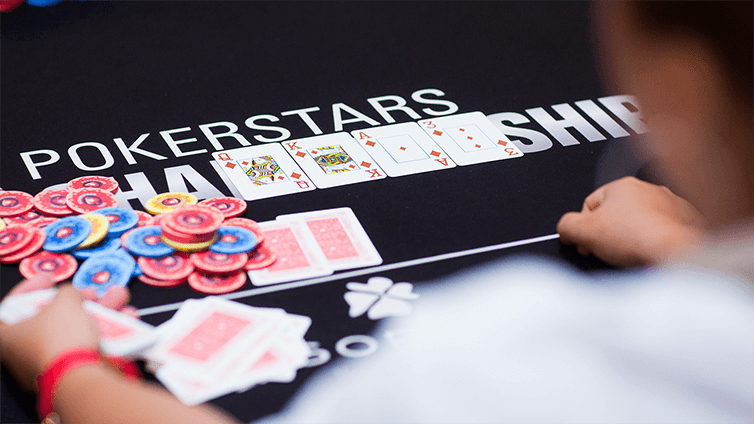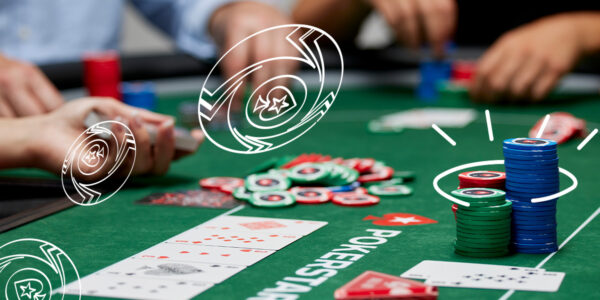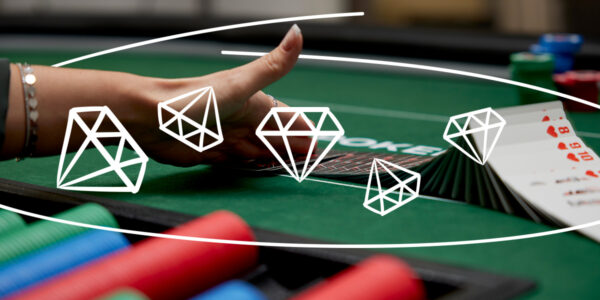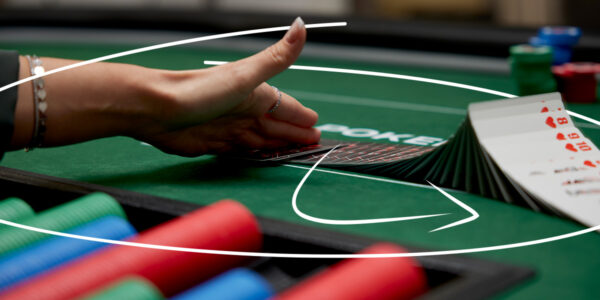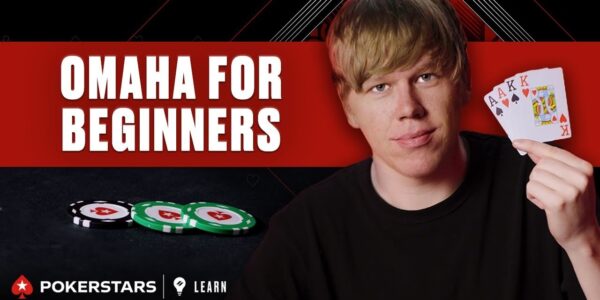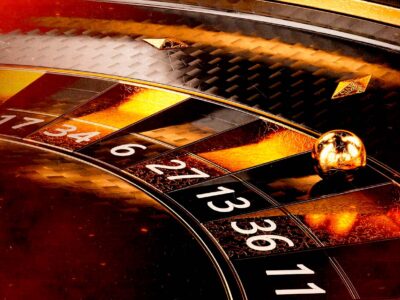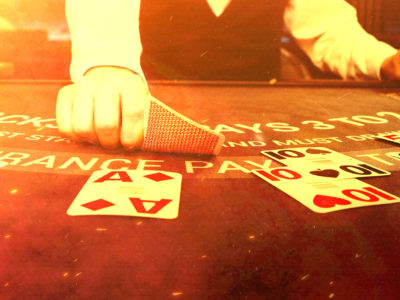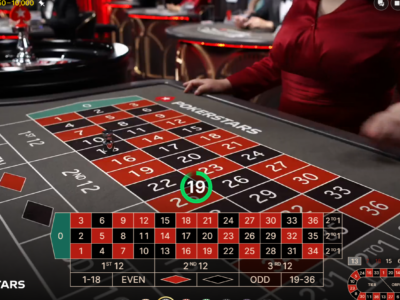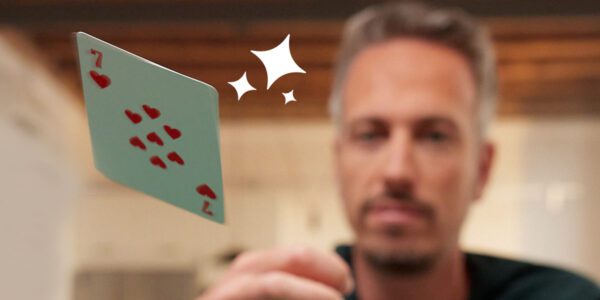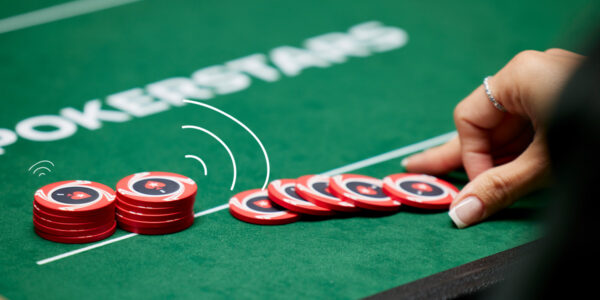How to Play Pair and Draw Hands
Some of the most misplayed hands in the game are a pair with a draw. It is easy for the beginner to get excited about a hand that has multiple things going for it, but let’s break down these hands down and learn how to avoid some of the most common mistakes.
There is no Reason to Bluff with Showdown Value
We raise in the CO to $0.25 with K♦ 8♦ in a $0.05/$0.10 6-max cash game and are called by both the SB and the BB. The flop ($0.75) comes 10♦ 8♣ 4♦ and we c-bet $0.45. The SB folds and the BB calls. The turn ($1.65) is the 2♥ and we are checked to procedurally by the BB. I hear all kinds of reasons for betting in this spot. Let’s explore why they don’t work.
“We have a lot of equity so we should bet”
This reason falls flat because our hand is not massively ahead of Villain’s range and the hands we are far ahead of like smaller pairs are likely to fold to another bet here most of the time. If we bet, we will be isolating ourselves against stronger hands like top-pair and getting raised would be a real shame. We are going to be an underdog when called here so value-betting is not an option. Our equity is not good enough to value-bet.
“We can represent an overpair”
You might think that you are ‘telling’ Villain that you have an overpair by betting this turn but he does not have to believe this story or even be aware that this is what you are trying to do. Top pair is notoriously unlikely to fold at low stakes and if Villain is a weaker player, he may well simply decide that ‘nothing has changed’ on this card and call again.
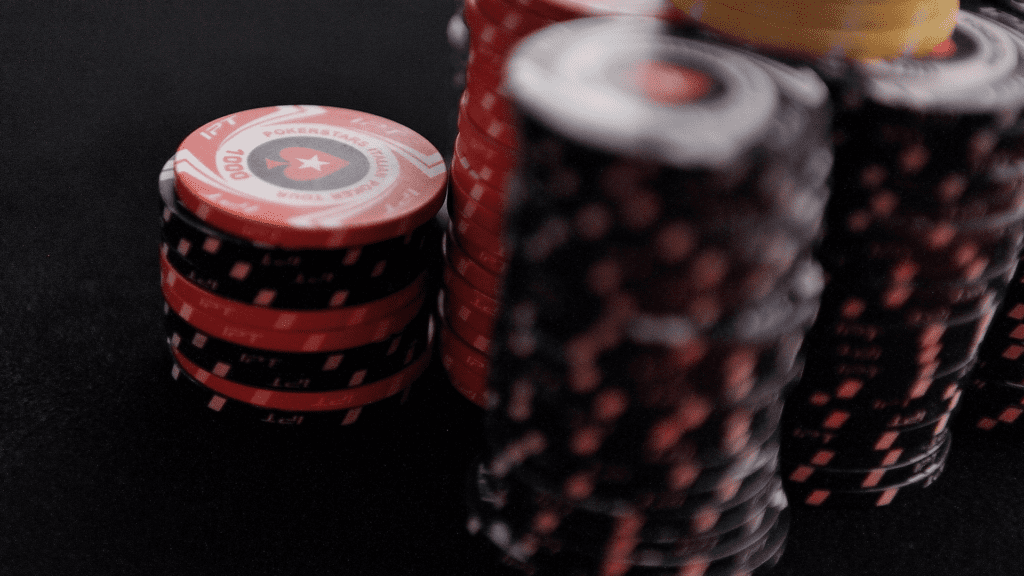
“We might be able to push him off the pot”
Push him off what hand exactly? Okay, he may well go ahead and fold a worse 8 or a lower pocket pair, but these are hands we are miles ahead of any way. The fold equity we gain by making our opponent fold these hands is useless. We would win at showdown most of the time by leaving them in the pot and might even be able to make a river bet from them. Many weaker players are quite sceptical of the bet-check-bet line throughout the flop, turn and river.
The bottom line here is that bluffing is an assault on the part of Villain’s range that is stronger than our hand. If he folds many stronger hands than ours, then a bluff makes a load of sense – as it would if we had a lower showdown value hand like K♦ 7♦ . Try to think about how much you really need the folds you are getting when you have a pair and a draw.
“We want to build the pot in case the draw comes in”
I hear this a lot, but it makes very little sense. The flush draw will complete on the river 9 times out of 46 or 19.5% of the time. Building the pot with a hand that is usually losing when called just so that you have a nice big pot one fifth of the time is a very misguided idea. You will usually be costing yourself that turn bet when it gets called as most of Villain’s continuing range will be ahead of our mediocre pair.
Balance
Another perk to playing pair + draw hands passively is the ability to balance your checking ranges and protect these ranges on flush or straight run-outs.
At a tough 200NL ZOOM game we open raise the SB to $4.50 with 10♣ 8♣ and an aggressive regular calls in the BB. The flop is J♣ 8♥ 6♣ and the pot is $9.00. This is a flop that we cannot just bet with impunity out of position. Villain will connect with these cards frequently as they are middling corresponding to hole cards like T8o A6o JTo etc. which are not likely to 3-Bet pre-flop. On the other hand, this is a fairly bad board for our really big cards like AK, AQ, and KQ which Villain will not have.
Of course, we could bet this hand – it would not be a mistake per se, but checking it carries a few nice benefits. Firstly, we shall be able to sometimes make a flush after check/calling the flop. Many opponents will not expect this to be much of a possibility and so this aggressive player could get out of line on flush run-outs.
Secondly, our hand has a great deal of showdown value and so gains a lot less by betting than some weaker hand that will profit greatly by folding out ace high or king high.
Thirdly, we have to give up this on flop with quite a few of our very weak hands and so putting some very high equity hands in our checking range helps us defend often enough vs. players who stab a lot. One very serious error that beginners make is failing to protect their checking range with any stronger hands here. In disadvantageous out of position spots, you want to check often, but not just with bad hands.

Conclusion
Next time you are dealt a pair + draw hand, ask yourself: is betting really achieving much here? Many players neglect the check option entirely because they have heard that aggression pays in poker. While this might be true, there are many exceptions and holding mediocre hands is certainly one of them. Pair plus draw is a much bigger value-betting hand on the flop than it, is having bet the flop and been called, on a blank turn. Here, Villain’s range has become stronger and our equity has dropped significantly. Checking is a very attractive option in such spots. We do not bluff when we beat the folding range any way!
View Other Blogs




